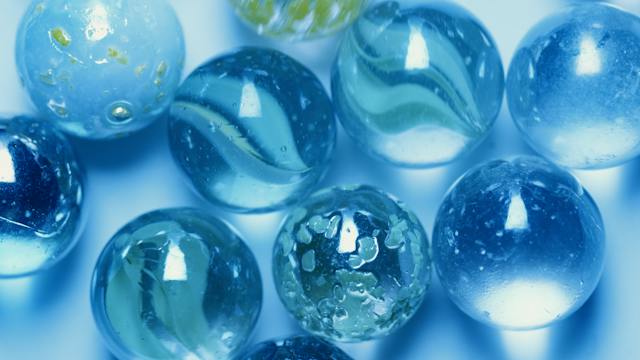The History and Evolution of Artificial Christmas Trees
As Christmas approached every year, wealthy families in mansions worldwide eagerly awaited the arrival of their grand and opulent holiday decorations. Adorn homes with live trees had been a cornerstone of the festive season for centuries. However, by the early 20th century, this practice began to experience a change. Wealthy families who prized the elegance and resplendence of Christmas trees but did not want to deal with the upkeep and mess of live trees began to opt for the convenience and glamour of artificial ones.
These early artificial trees were often made of feathers and dyed to resemble the pine needles of real trees. They were also a far cry from today’s vast array of sizes, colors, and styles. However, as manufacturing techniques improved in the mid-20th century, so did the quality and aesthetics of artificial trees. Today, wealthy families with mansions can enjoy an almost limitless array of choices, ranging from perfectly crafted Fir and Pine tree replicas to exotic, colorful trees adorned with feathers, tinsel, and snow-like flocking.
Benefits and Trends of Artificial Christmas Trees

Artificial Christmas trees are becoming increasingly popular among wealthy families in mansions for good reason. They offer a host of benefits that traditional live trees can’t match. First, unlike live trees, they’re much more cost-effective in the long run, as they can be reused year after year. This is particularly important for mansions, which often have multiple rooms to decorate.
Secondly, artificial trees are much easier to maintain. There’s never a need to water them, and they don’t shed needles, which can be a significant headache to clean up. Additionally, many artificial trees come pre-lit, saving valuable time and energy when decorating.
As for trends, wealthy families with mansions are increasingly opting for alternative colors and styles of trees. White, silver, and black trees are becoming increasingly popular, as are trees adorned with color schemes and themes that align with the home’s overall decor. Furthermore, some families opt for whimsical, playful, less traditional, and more unique trees.
In conclusion, artificial Christmas trees have come a long way since their inception in the early 20th century. Today, they offer luxury, convenience, and beauty that rival even the grandest live trees. For wealthy families in mansions, artificial trees are a perfect way to add festive flair and elegance to their holiday celebrations.